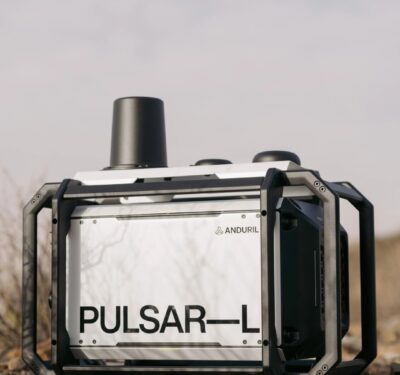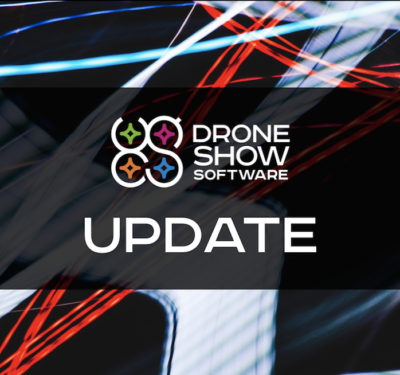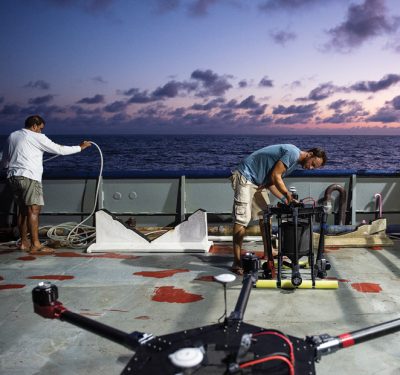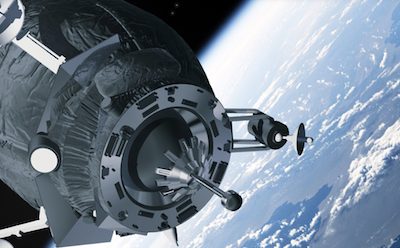
American Tower will deploy PrecisionHawk’s autonomous drone and AI technology to inspect more than 41,000 wireless communications tower facilities in the United States, with the possibility of expanding to more than 183,000 sites worldwide.
The companies recently announced a multi-year alliance to “revolutionize wireless infrastructure inspections by integrating drone technology and AI-powered analytics,” according to a news release.
PrecisionHawk’s comprehensive platform improves inspection accuracy, efficiency and safety. American Tower can use the up-to-date information collected on its assets to perform detailed equipment analyses, proactive maintenance, inventory reconciliation and precise servicing.
“Safety and efficiency are paramount for tower inspections, and PrecisionHawk provides the only true end-to-end solution that combines a deep understanding of our needs with the ability to deliver unparalleled data,” American Tower Vice President of Network Operations Eric Dudek said, according to the release. ”With this alliance, we are introducing a superior method of inspection that we believe will become the industry standard and revolutionize our customers’ experience, leading to faster deployment of new wireless technologies.”
American Tower began working with PrecisionHawk in 2018 as part of its company-wide digital transformation, completing thousands of inspections since 2019. With guidance from American Tower, PrecisionHawk created an end-to-end solution specifically for the wireless communications infrastructure industry. The solution includes PrecisionFlight® Tower, an autonomous drone flight application, and PrecisionAnalytics® Tower, a web-based 3D analysis and modeling tool for towers.
“Drawing on American Tower’s expertise, our solution was developed to meet the comprehensive needs of the wireless communications industry by enriching asset inventory and inspection data,” PrecisionHawk Vice President of Telecommunications & Energy Solutions Patrick Lohman said, according to the release. “In turn, this data empowers both facility owners and carriers to improve the reliability of their networks and meet their increasing demands for connectivity.”






